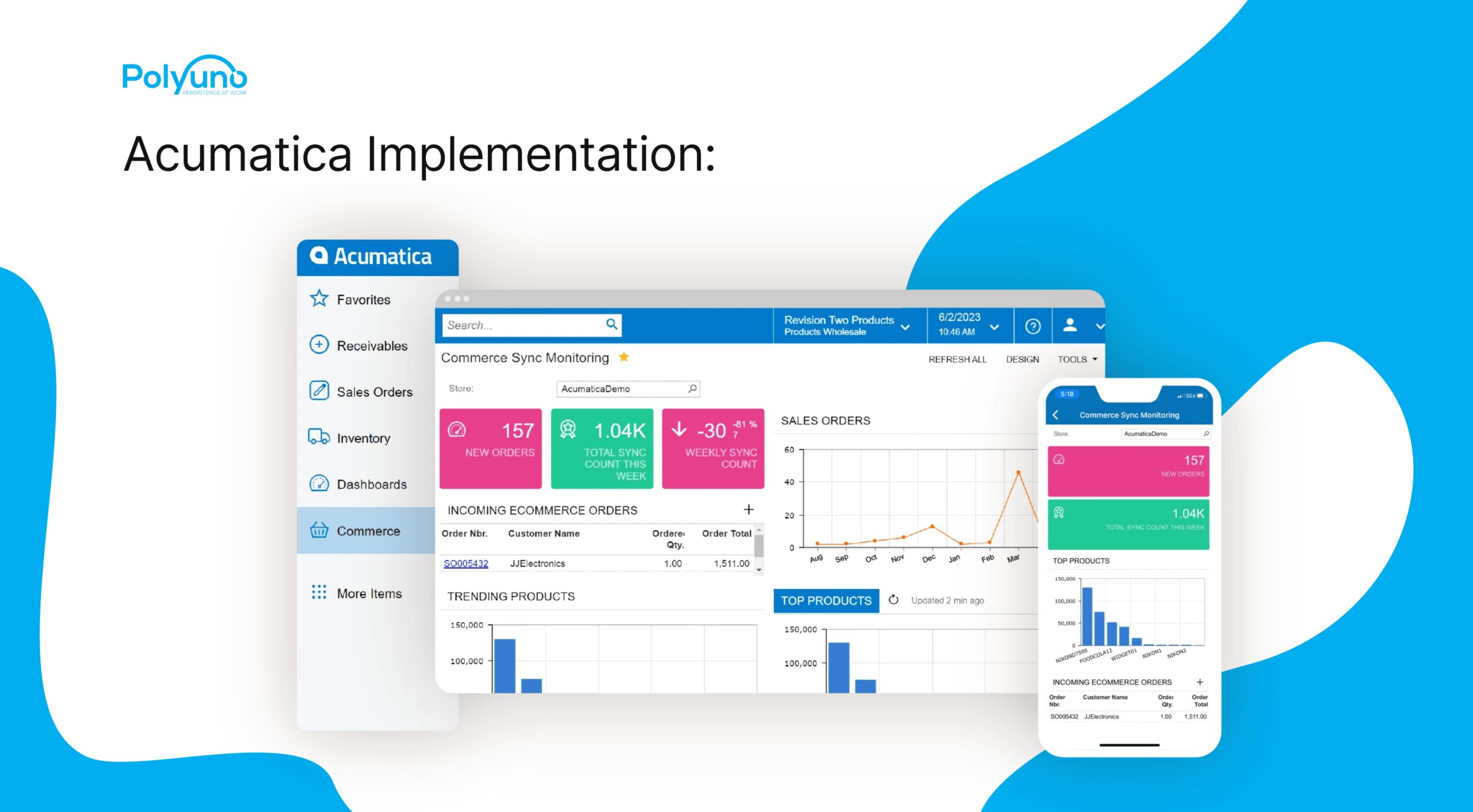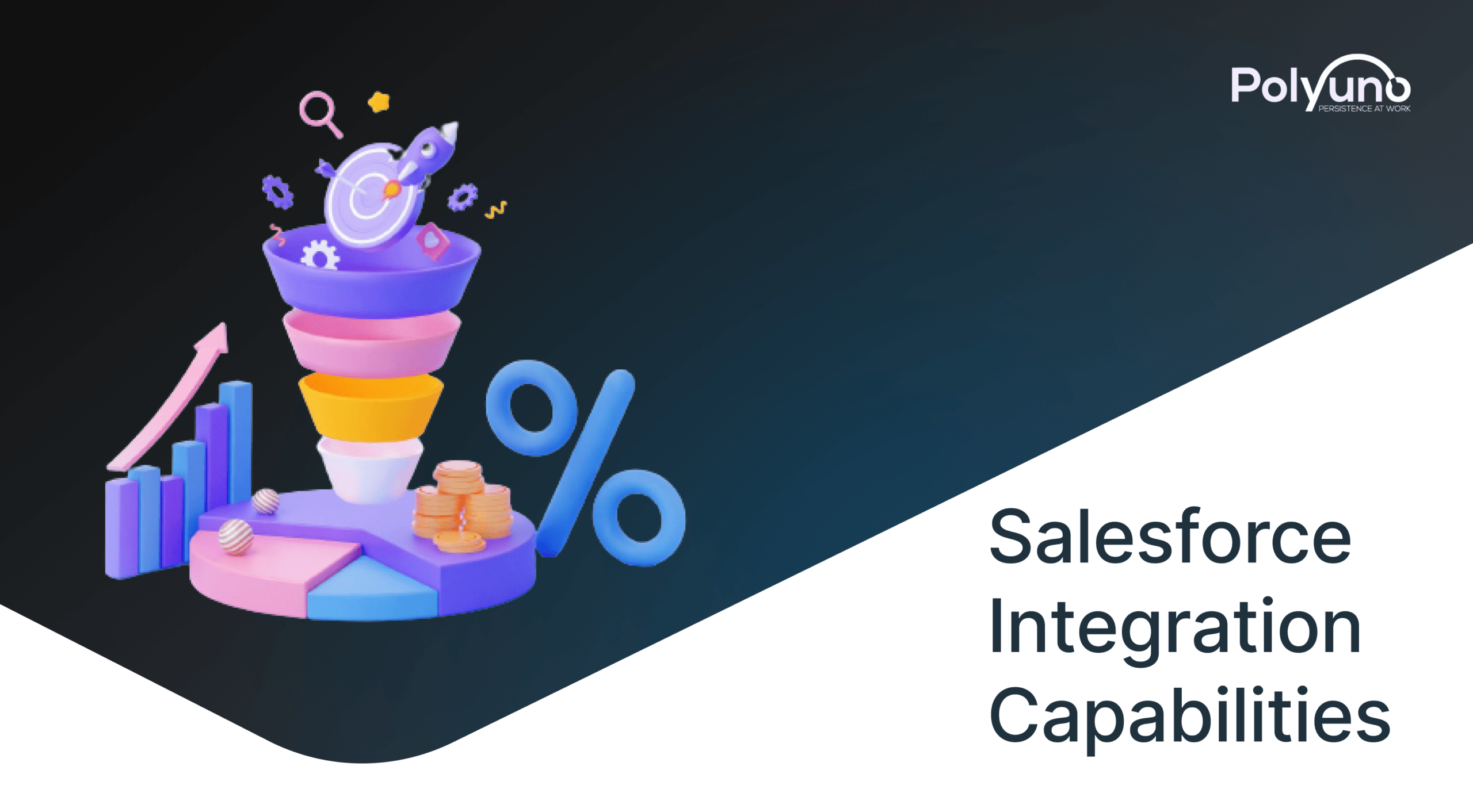Cloud computing migration isn’t an option anymore, it has become a necessity. Almost all the major enterprises are heavily dependent on the cloud computing system for handling their workloads. Nonetheless, the technology is not completely flawless either. But what are the main limitations? And why do most companies focus on the benefits of the advancement?
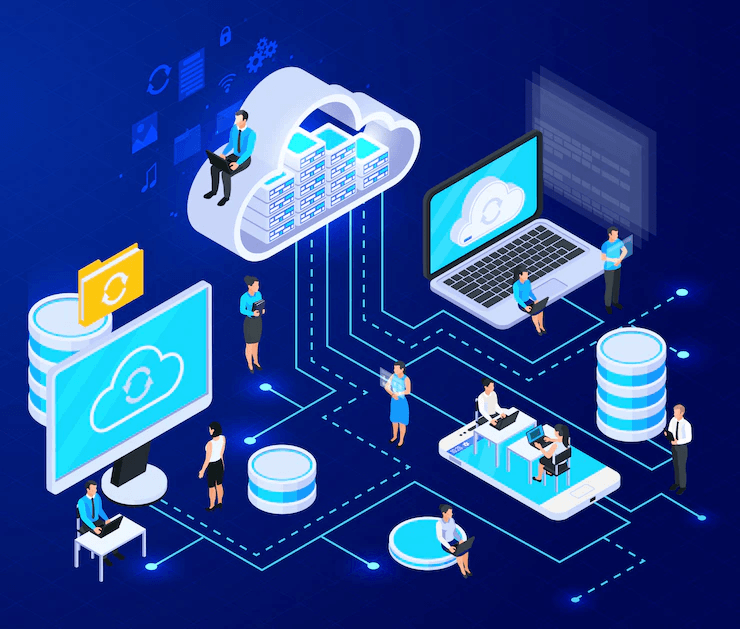
The article attempts to provide a complete overview of cloud computing and how your businesses can benefit from it.
Let’s dive in.
Table Of Content
- What Is Cloud Computing?
- Core Elements Of Cloud Computing
- Why Do You Need Cloud Computing For Your Business?
- The Future Of Cloud Computing
- The Final Word
What Is Cloud Computing?
Cloud computing is the delivery of computing services via the internet rather than computers. Now, these services range from servers, software, intelligence, databases, and more or less everything you can think of without any concrete machine.
Therefore, opening access to not only these services but also innovation, economies of scale, and flexibility of resources. And the best part? You get connected to the cloud virtually anywhere in the world, just with an internet connection.
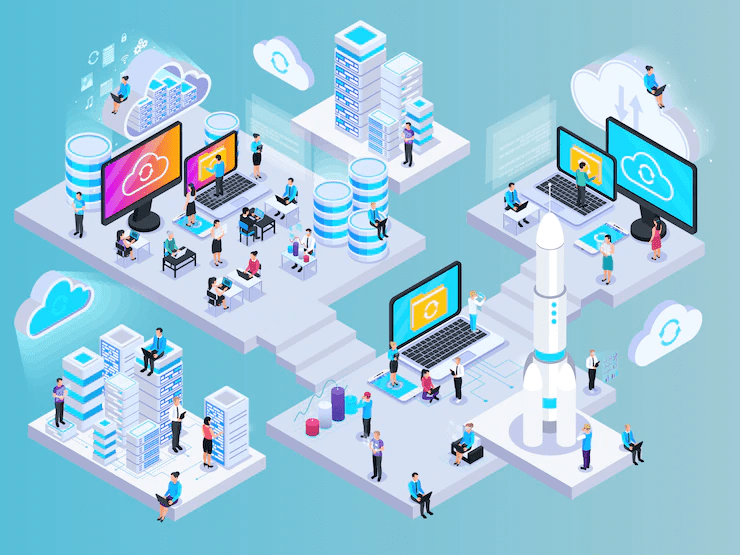
Who uses cloud computing?
Well, virtually everyone uses cloud computing, no matter how unaware they might be of the process. The smartphone you carry, the car you drive, the smartwatch you are wearing, you have the cloud with you everywhere.
Hence, companies are already using this technology for routine actions like data analytics, server virtualization, disaster recovery, software development, customer-facing applications, and whatnot. Let’s see how it works.
Deployment Models For Cloud Computing
Cloud computing can be launched on one of three different models. Private cloud services are those that are delivered and built within a company's own data center to internal users. The model is versatile and convenient and preserves local data centers' control, management, and security. For example, OpenStack.

The public cloud model deploys on a third-party cloud service provider, who delivers the cloud service through the internet. Public cloud services are paid by minute/hour usage, though long-term services are also available. Users have to pay for the central processing unit cycles, bandwidth, and storage per their consumption. For example, Google Cloud Platform or Microsoft Azure.
Finally, a hybrid cloud is the best of both public and private clouds together with automation as well as orchestration between them. Businesses can use the private cloud for sensitive data and depend on the public cloud to deal with workload spikes. Hybrid clouds aim to create a unified and scalable process with permitted freedom and control of critical data.
How Does Cloud Computing Work?
Simply put, cloud computing works in the following steps:
- First, the cloud service providers actually store the data and information, applications, and all you need on physical machines at specific locations called data centers.
- Users may then access assets at their convenience.
- Internet serves as the bridge to the gap between providers and users instantly across any distance.
Shift Due To Cloud Computing
Organizations have their own IT teams managing their onsite data centers earlier. The process needed regular hardware updates, billed massive energy costs, and required immense amounts of land. Not only was the idea impractical and inefficient, but it was also costly and difficult to manage.
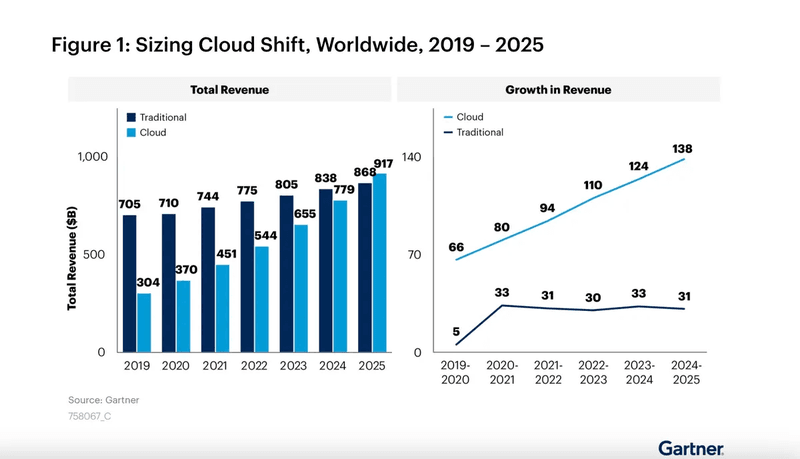
However, fast forward to the mid/late 2000s, and the situation was no longer this demanding. Businesses no longer need to spend nights awake thinking about the infrastructural barriers or securing and maintenance issues. The entire effort has been directed to building exceptional customer experiences rather than technical logistics.
Today, cloud computing is like a rent-a-car service. Users get to drive the vehicle or hire a driver for driving at a small fee. But they are free of other responsibilities like car maintenance or up-gradation to newer models over time. In fact, if users need an upgrade for more significant volumes of production, they can exchange. For instance, cloud providers have subscription-based services.
Thus, for a regular fee, customers can use the offered computing assets without any hassle at all.
How Does Cloud Computing Security Work?
Of course, security is a major concern regarding cloud computing adoption in businesses. However, the good news is that cloud vendors are extremely careful regarding cyber threats and regularly update security concerns and protocols.
Thus, data is almost always safer with a cloud service provider in contrast to an unsecured home/work network.

Renowned vendors test cloud performance and check protections to ensure cyber security. They take liability for customers’ data and thus meet the standard regulatory practices. Henceforth, organizations don't need to secure cybersecurity talent, troubleshoot bugs, or even adapt to security issues.
Moreover, the cloud stores and backs up data. So in case of a sudden mishap, you can always find the entire data stored safely.
Core Elements Of Cloud Computing
Cloud computing is composed of different components.
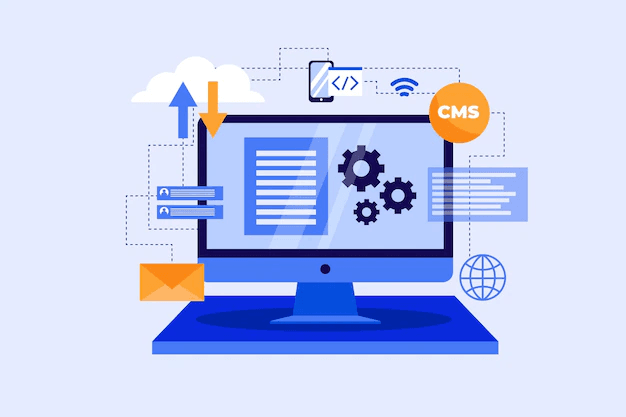
Here are some of the most popular types of cloud computing services available:
1. Infrastructure as a Service
IaaS or Infrastructure as a Service is essential for building cloud computing. It contains physical and virtual servers along with networking and storage for renting to users. Organizations that want to establish applications from scratch and control all components prefer IaaS. Nonetheless, firms must have that level of technical skills to pull off services of this capacity.
2. Platform as a Service
PaaS is the next level of IaaS, where both the underlying storage system and developer tools are provided to create applications on top. This means that middleware, development tools, and database management are part of the service given.
3. Software as a Service
Software as a Service (SasS) is providing applications as a service that organizations, as well as individuals, use on a regular basis. For SaaS end-users, the operating system and hardware are pretty irrelevant. They will only access the service through an app or browser and purchase upon a per-user basis. It is the largest part of cloud spending as it delivers a huge variety of applications. For instance, PolyUno offers products for companies like Microsoft 365, Google, and more.
Why Do You Need Cloud Computing For Your Business?

Some of the major advantages include:
Greater Flexibility
With the constantly changing needs of customers and clients, businesses have no option but to adapt. Thus, cloud computing is a savior of its immense flexibility gives companies a huge competitive advantage.
Better Mobility
Mobility is a massively important portion of the workplace, and who better has contributed to this segment than cloud computing. Employees can now access and work from wherever they want and whenever want, only with the internet connection.
Scalability
Cloud computing makes scalability easy. You can upscale or downscale anytime you want without even making an effort since your cloud provider will take care of it.
Cost-Effective
Businesses operating with in-house computing platforms meant hiring and managing IT teams and investing resources for building the networks. Needless to say, the implementation was not exactly budget-friendly. But with cloud computing, the process has significantly toned down and businesses have a more cost-effective investment right at their disposal.
Improved Collaboration
Cloud computing has provided a platform for integrating collaboration within the workspace for employees across the globe. Moreover, inter-global communication, having colleagues from different parts of the world, is vastly practiced now through cloud computing. Therefore, clients, employees, bosses, and third-party contractors can work together and be on the same page without needing to continuously share files. As a result, the whole process becomes a lot smoother.
Greater Security
Although data security can be a concern in cloud computing, the vendors go to great lengths to make the process as secure as possible. Cloud computing effectively uses strong encryption to restrict access to unauthorized parties. Furthermore, they often let individual clients have the option to determine any other security restrictions for their satisfaction.
Reliability Of Continuation
Businesses need proper arrangements to ensure reliable continuation of the operations no matter what. As with cloud computing, you have your data stored safely in the cloud, and you can easily escape disruptions and any subsequent losses with the internet connection.
Backup
Undoubtedly, technical failure can be shockingly damaging to a business. The irretrievable data loss often makes the reliance on IT infrastructure seem like a terrible idea. This is why cloud computing has garnered much appreciation. It greatly improves disaster recovery by storing in third-party data centers. Henceforth, making retrieval an easier call in the event of unplanned downtime.
Automated Updates
Cloud vendors are responsible for software updates and security maintenance. Therefore, organizations can save clients’ time and alongside expenses and energy. Thus, it improves efficiency.
Cloud Computing Drawbacks
Some of the major challenges that cloud computing often times poses include cloud security threats like data breaches, interface hacking, and authentication issues. Not to mention, transparency concerns and handling sensitive information might lead to an internal clash and imbalance. IT governance and managing multiple clouds is no small feat and requires constant care.
Cloud migration is another daunting task., especially due to the unforeseen performance effect and hassle. Migrations can be expensive and time-consuming. But there is also the possibility of technical incompatibilities or legal and regulatory complications when switching cloud providers. Industry laws compliance must also be enforced when transferring and storing data.
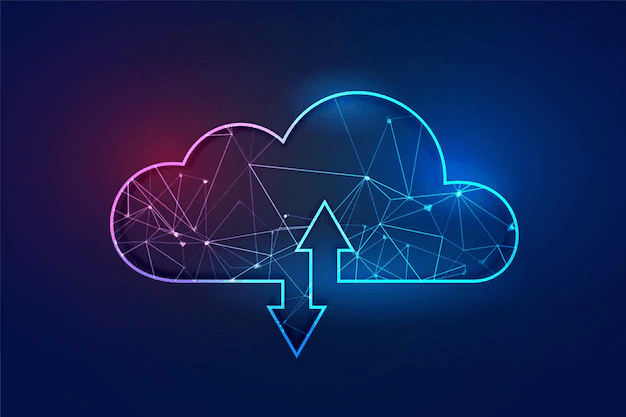
The cost unpredictability of subscription plans varies significantly as it has to accommodate the workload demand fluctuations. Furthermore, organizations often struggle to keep up with the extensive technological growth. Thus, a lack of capability and expertise becomes a barrier to fully enjoying cloud computing’s potential.
In some cases, network and provider disruptions may hamper productivity and break the workflow. Thus, contingency plans must always be kept ready for emergencies. One might think of building a private cloud to avoid the dependency on vendors. However, designing, implementing, and maintaining private clouds can be a huge challenge in itself.
The Future Of Cloud Computing
Despite the immense growth cloud computing has witnessed, its future potential includes quite a few possibilities. The list includes exponential changes in data processing capability, powered through quantum computing and artificial intelligence, to begin with. Further technological advances can multifold its usage and thus increase the cloud adoption volume.

Some of the fastest developments in the cloud computing scene might be:
- Both large and small enterprises will shift to creating more hybrid clouds.
- Businesses will choose multi-cloud strategies for their operations and combine the services from multiple providers for a more combined approach.
- Technologies will be further democratized through low-code and no-code platforms.
- The explosion of wearable tech gadgets and the Internet of Things will continue.
- Cloud-based services will be integrating with other service bodies like commercial or automotive to offer faster and smoother mass experiences.
It is quite impossible to accurately predict which turn cloud computing takes. But a sneak peeks into the forecast is enough to understand how important it will continue to be for businesses.
The Final Word
Capitalizing on the numerous benefits of cloud computing for your businesses will always be the wise call. Therefore, having someone who helps your brand develop and sustain in the competition can be a blessing.
And that is exactly what PolyUno does. From Software development, UI/UX design, sales functions, and even cloud infrastructure, PolyUno has it all. They have been helping businesses reach their true potential with remarkable cloud computing services with a dedicated team.
So, if you are looking for a cloud provider who will act as a part of your existing team, Book a call with PolyUno today.


